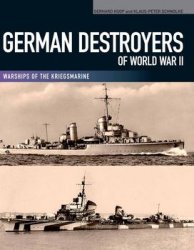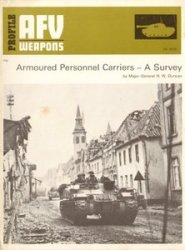Faced with this disastrous state of affairs, Mussolini came to the following conclusions on point 2 of the note on which he commented on June 14 to his Chiefs-of-Staff:
"In the present state of the war the Italian forces no longer hold any possibility of initiative. They are forced onto the defensive. The army no longer has any possibility of initiative. It lacks, amongst other things, room to manoeuvre. It can only counter-attack the enemy who lands at one point on our territory and drive him back into the sea.” We shall comment no further on Mussolini’s remarks on the possibilities open to the Italian Navy and Air Force, as these have been mentioned already. It should be noted, however, that in asking the Army to counter-attack the enemy as he landed and throw him back

A A An Italian mortar crew. The basic equipment of the troops was no better than it had been in 19.15.
ATraining with an anti-tank gun. Most of them had been lost in Africa.
< The crew of a coastal battery go through their gun drill.

The German Sturmpanzer IV "Brummbar” (Grizzly Bear) assault howitzer

Weight: 28.2 tons.
Crew: 5.

Armament: one 15-cm Sturmhaubitze 43 howitzer with 38 rounds. Armour: nose 80-mm, front 100-mm, sides 30-mm, rear 20- to 60-mm, deck 20-mm, and bedy 10-mm.
Engine: one Maybach HL 120 TRM inline, 300-hp.
Speed: 24 mph.
Range: 125 miles.
Length: 19 feet.
Width: 11 feet.
Height: 8 feet 3 inches.
Into the sea, Mussolini had overlooked the report made to him on May 8 by the Chief of the General Staff after an inspection in Sardinia.
After noting certain differences of conception in the organisation of defences against landings, General Ambrosio recommended the adoption of what he called the "modern technique”. This was to break up the landing on the beaches or, even better, crush the opposing forces whilst they were still at sea. The advanced defensive position therefore had to have guns capable of dealing with ships, landing-craft, personnel, and tanks, not only to stop the mechanised columns which might break through the first defence line, but also to knock out approaching flotillas and all the troops who managed to set foot ashore. "It is all the more necessary to stop the attack on the beach before it can secure a foothold as, not having enough armour, we shall not be able to halt a well-equipped adversary once he has landed and started to make his way inland.”
Thus Ambrosio did not believe, any more than Rommel was to in 1944, in a counter-attack from inland against an enemy who had secured an extensive beach-head. His scepticism was backed by a decisive argument: the Italians did not have in their army any powerfully-equipped shock force to carry it out. Had the Duce any more faith in it? Probably not. In his note to his four Chiefs-of-Staff he had sensibly written: "It has been said that the artillery wins the ground and the infantry occupies it.” He did not hesitate to apply to Sicily the very recent precedent of Pantelleria. Against Ambrosio it must be remembered that nowhere did the coastal units have the weapons he was recommending and that he was well aware of this. Thus there was no way of driving any invasion force back into the sea or of counter-attacking it as it was striking inland. In other words they had reached the situation covered by the saying quoted by Mussolini on June 14: "He who defends himself dies!”




 World History
World History









